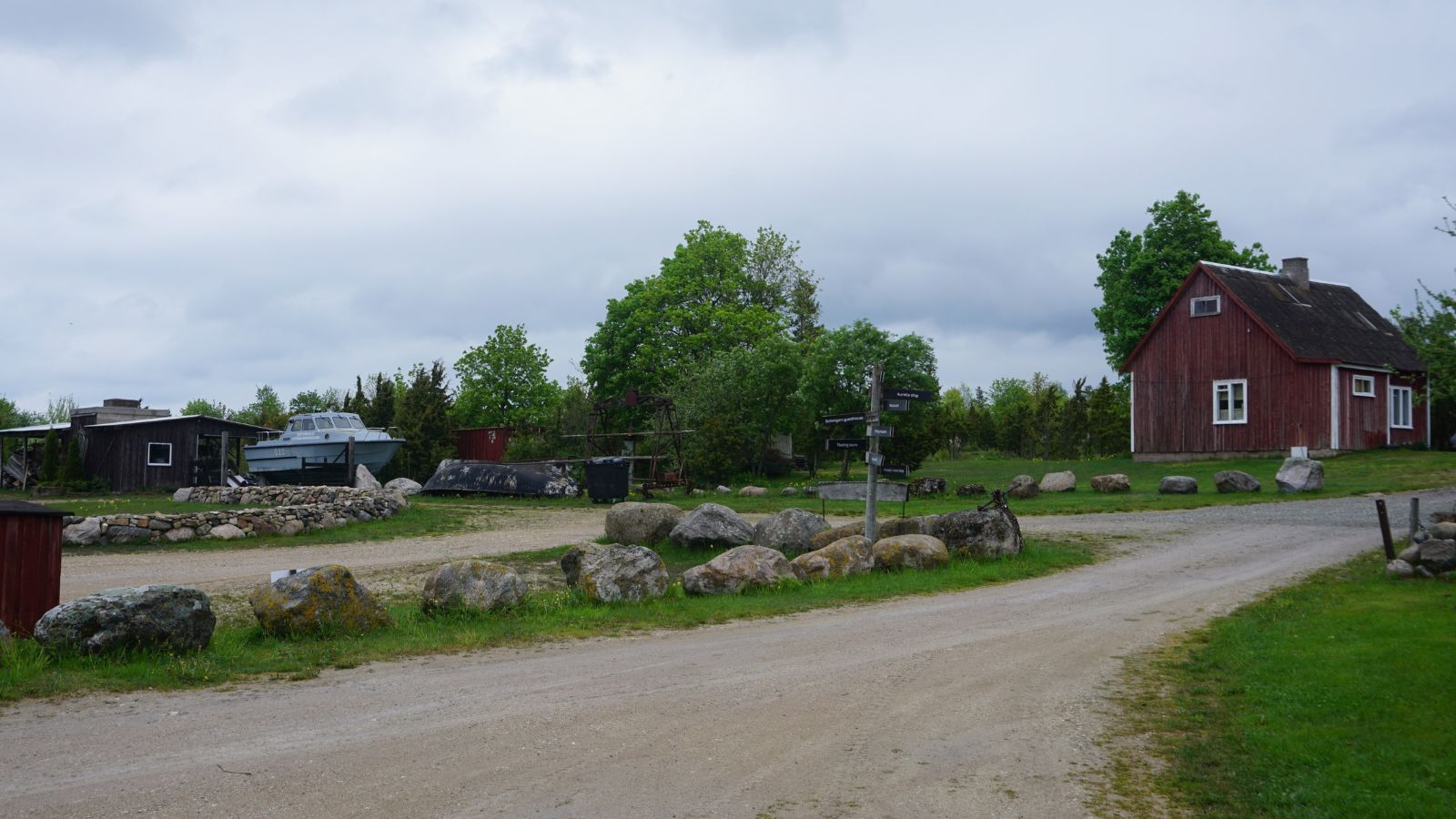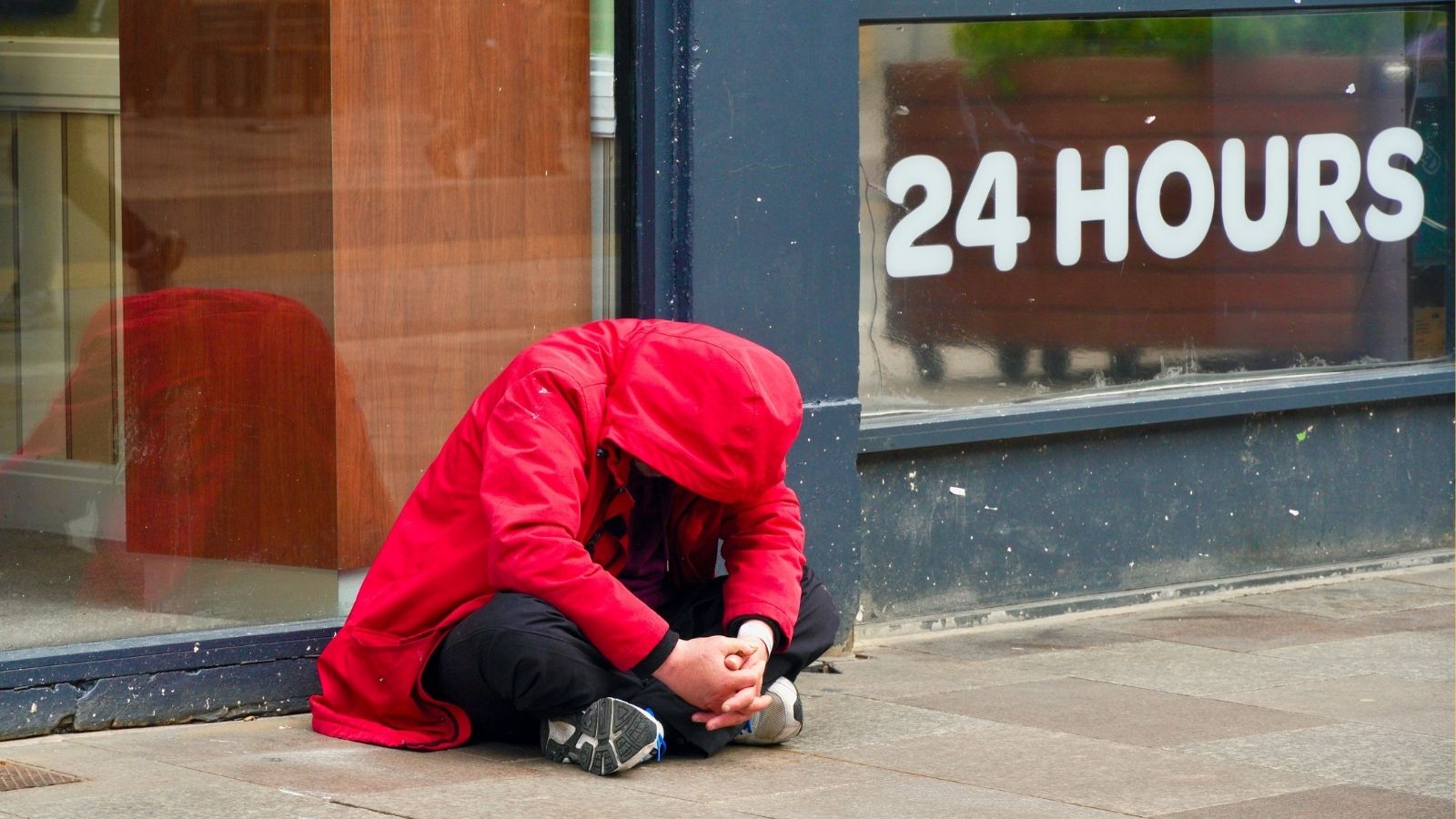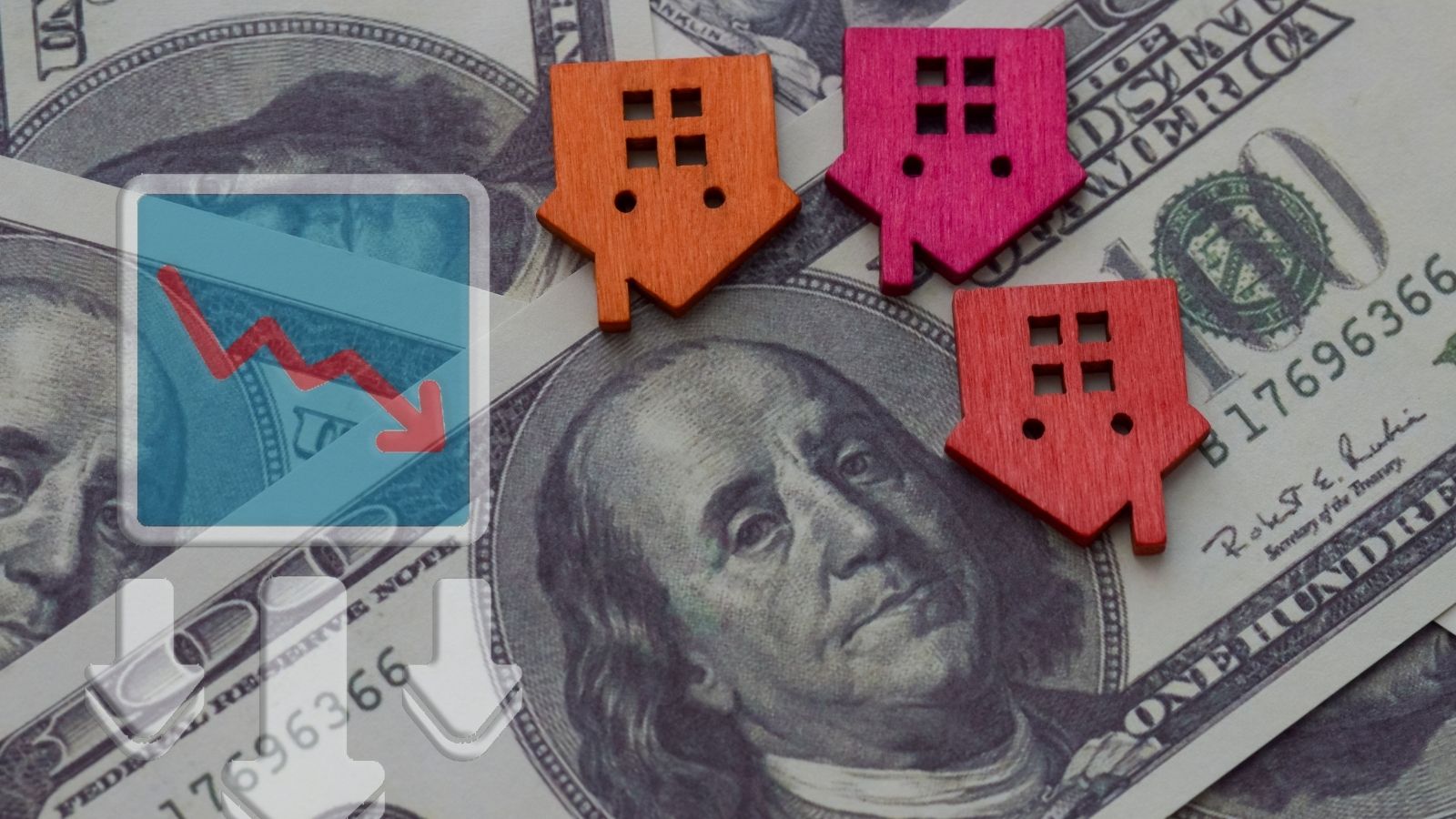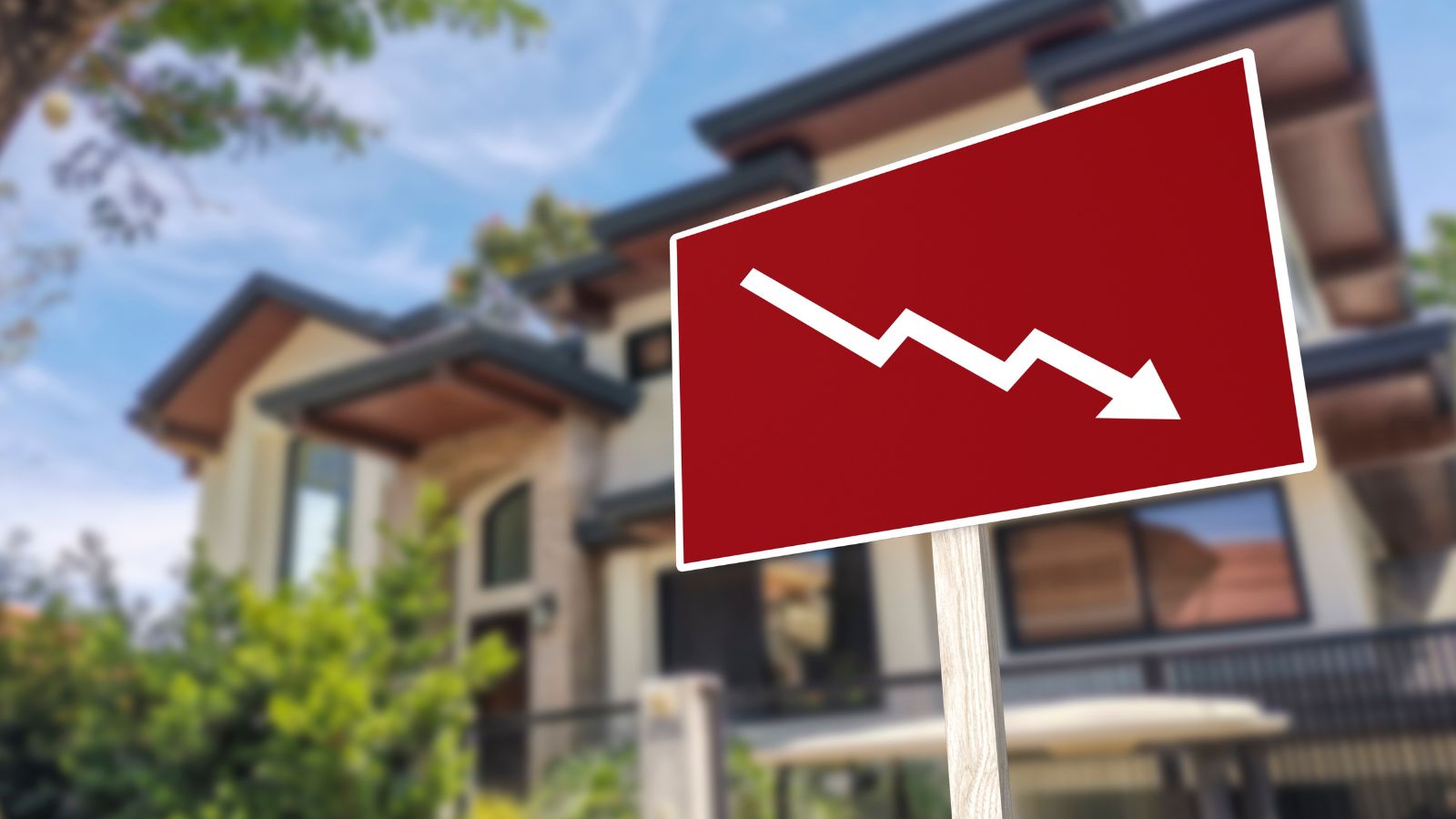The housing crisis is no longer just a looming economic concern but a social transformation with far-reaching consequences. The struggle to afford housing is changing where people live and how they live, their relationships, and the very structure of society. The following 19 truths reveal the profound ways the housing crisis is reshaping our world, often in ways we didn’t anticipate.
Delayed Homeownership Among Younger Generations

Millennials and Gen Z face significant barriers to homeownership due to rising home prices, stagnant wages, and the burden of student debt. As a result, traditional life milestones like marriage, starting a family, or buying a house are being delayed or reconsidered altogether. The American Dream of owning a home is fading for many, leading to a fundamental shift in how younger people approach life planning.
A Surge in Intergenerational Living

The affordability crisis is driving more young adults to live with their parents longer or to return home after college. This intergenerational living arrangement, once considered a cultural norm of the past, is now a necessity for many. It reflects a reversal of the post-World War II trend towards independent living and highlights the new economic realities facing today’s younger generations.
Widening Wealth Inequality

The housing crisis is a key driver of wealth inequality. Homeownership has long been a primary avenue for building wealth in the U.S. But as home prices rise, fewer people can afford to buy, widening the gap between renters and homeowners. This disparity in wealth accumulation is exacerbating social divides and locking many out of opportunities for financial security.
The Rise of Corporate Landlords

Institutional investors and corporations are buying residential properties, turning housing into a highly profitable investment rather than a basic human need. This trend is especially prevalent in markets with rising property values, where companies see long-term potential for rent growth. However, the shift to corporate ownership has led to higher rents and reduced availability of affordable housing, further squeezing low- and middle-income families.
Urban Exodus and Suburban Expansion

The high cost of city living is pushing many people to seek more affordable housing in suburban and rural areas. This trend, accelerated by the remote work boom during the COVID-19 pandemic, is driving rapid growth in areas once considered “bedroom communities.” However, this migration is also causing property prices and rents to rise in traditionally affordable regions, creating new housing pressures in once-sleepy towns.
Intensifying Gentrification

As cities struggle to keep housing affordable, gentrification has become a flashpoint for tension. High housing costs are displacing low-income residents—often from communities of color—leading to cultural and social upheaval. The transformation of neighborhoods through gentrification often benefits wealthier newcomers while displacing long-time residents, raising questions about who truly benefits from urban development.
Impact of Short-Term Rentals on Housing Supply

The growth of short-term rental platforms like Airbnb has removed long-term rental units from the housing market, tightening supply and driving up rents. While short-term rentals provide a source of income for property owners, they also exacerbate housing shortages in popular tourist destinations and urban areas, where affordable rental options are already limited.
Homeownership No Longer Guarantees Financial Security

Owning a home was once considered a cornerstone of financial stability. However, many homeowners are struggling with rising mortgage payments, property taxes, and unpredictable housing markets. The costs of maintaining a home can quickly outweigh the benefits, leaving some financially stretched even if they have equity in their property.
Decline in Living Conditions

To manage high housing costs, more people live in substandard conditions, such as overcrowded apartments or rundown properties. In some cases, tenants are forced to share housing with multiple unrelated people to cover rent, leading to a declined quality of life and safety issues in some communities.
Rising Homelessness Rates

One of the most visible effects of the housing crisis is the increase in homelessness. Skyrocketing rents and eviction pressures contribute to the growing number of people living without stable housing. Major cities, particularly on the West Coast, have seen homelessness reach levels not witnessed in decades.
Negative Impact on Mental Health

Housing insecurity is directly linked to mental health issues. The stress and anxiety associated with not being able to afford rent or facing the threat of eviction can lead to depression and other mental health challenges. The psychological burden of housing instability is particularly severe among families with children, where the risk of homelessness can be especially traumatic.
More Adults Living with Roommates

As housing costs soar, sharing apartments with roommates is no longer confined to college students. More adults in their 30s, 40s, and beyond live with roommates to make ends meet. This change in living arrangements reflects broader shifts in how people adapt to economic pressures.
Reevaluation of Zoning Laws

Cities are grappling with outdated zoning laws that restrict multi-family housing development. As the need for affordable housing grows, there is increased scrutiny of regulations that limit density and perpetuate housing shortages. Some cities are reconsidering zoning policies to allow for the development of duplexes, triplexes, and apartment buildings in traditionally single-family neighborhoods.
Emergence of Alternative Housing Solutions

The housing crisis is prompting a surge in alternative housing models, such as tiny homes, co-living arrangements, and modular homes. These unconventional options are gaining popularity as people seek more affordable and flexible housing solutions. Although they are not a panacea, they represent a creative response to the challenges posed by traditional housing markets.
The Housing Crisis’ Impact on Seniors

Older adults are also feeling the strain of the housing crisis. Many seniors find it increasingly difficult to age in place due to rising property taxes, maintenance costs, and the challenge of accessing services in less affordable areas. This has led some to downsize, move into rental housing, or even seek co-housing arrangements with other seniors.
Rural Areas Are No Longer a Safe Haven

The affordability crisis has expanded beyond urban areas, affecting even rural communities once considered affordable alternatives. With the influx of people moving from cities and the rise of remote work, housing prices in rural areas have climbed significantly, pushing out long-time residents and eroding the rural-urban price gap.
Shifting Political Agendas

As housing becomes a central issue for voters, policymakers increasingly focus on affordable housing measures, rent control, and tenant protections. The crisis has shifted political priorities, with housing policy now a major part of local and national debates.
Growing Demand for Affordable Housing

The need for affordable housing has never been greater, yet construction is not keeping up with demand. Many new developments cater to higher-income buyers, leaving low- and middle-income families struggling to find suitable homes. The mismatch between supply and demand underscores the urgent need for policies that incentivize affordable housing development.
Environmental Consequences of Rapid Development

As suburban and exurban areas expand to meet housing demand, the environmental impact is becoming evident. Increased land use, loss of natural habitats, and higher carbon footprints from commuting are some consequences of sprawling suburban development. Sustainable planning and green building practices are crucial to mitigating these effects.
Conclusion

The housing crisis is reshaping the fabric of society in profound ways, touching nearly every aspect of life. While some trends reveal adaptive responses to economic realities, others signal deeper systemic issues that require urgent attention. The future of housing will depend on the collective efforts of policymakers, communities, and individuals to address these challenges and ensure that housing remains accessible and equitable for all.
18 Reasons Why People Are Leaving Florida in Masses

Exploring factors that impact the desirability of living in Florida, this list delves into various challenges shaping residents’ experiences. From environmental concerns like rising sea levels to economic factors such as fluctuating job markets, these issues collectively contribute to a nuanced understanding of the state’s appeal.
18 Reasons Why People Are Leaving Florida in Masses
